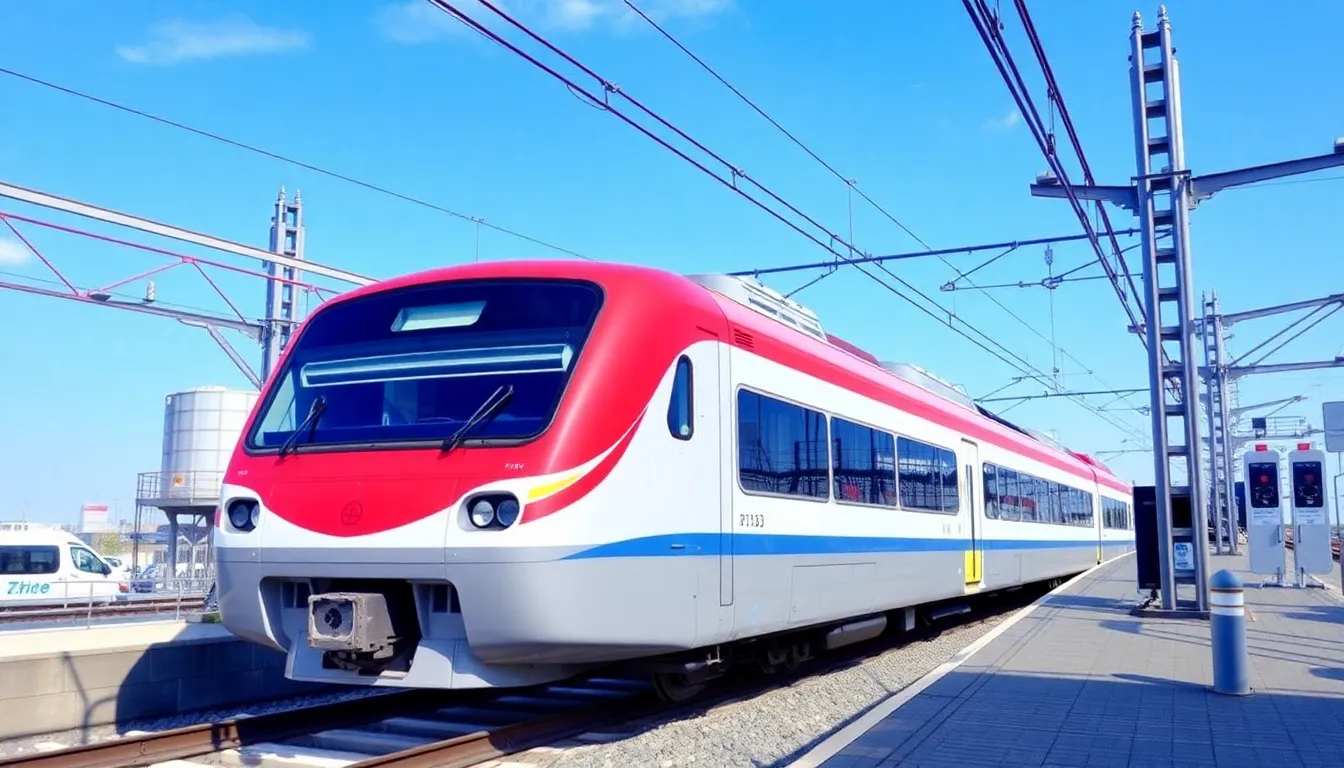Traveling to Japan is an experience unlike any other, where ancient traditions blend seamlessly with cutting-edge technology. As you plan your journey through this captivating country, understanding transportation options is crucial. One of the most efficient and cost-effective ways to explore Japan is by using the Japan Rail Pass.
While Japan may have a reputation for being an expensive destination, savvy travelers can navigate its wonders without breaking the bank. The key lies in knowing your options, particularly regarding transportation. This guide will delve into the ins and outs of the Japan Rail Pass, providing you with the information needed to travel Japan smoothly and affordably.
Understanding the Japan Rail Pass
The Japan Rail Pass, commonly referred to as the JR Pass, is a special ticket designed for international tourists, allowing unlimited travel on the extensive network of Japan Railways (JR). This pass offers unparalleled access to the country’s famous trains, including the iconic shinkansen (bullet train) and various express and local trains.
Available in three duration options—7, 14, and 21 consecutive days—the JR Pass is perfect for those planning to travel extensively across Japan. The pass covers over 20,000 kilometers of track and connects major cities, making it an essential tool for visitors.
Pricing and Options for the Japan Rail Pass
When considering the JR Pass, understanding the pricing structure is vital. As of 2023, the prices for the standard JR Pass are as follows:
- 7-day pass: 50,000 JPY
- 14-day pass: 80,000 JPY
- 21-day pass: 100,000 JPY
For travelers seeking a more luxurious experience, the Green Pass is available at a higher cost:
- 7-day Green Pass: 70,000 JPY
- 14-day Green Pass: 110,000 JPY
- 21-day Green Pass: 140,000 JPY
While the Green Pass provides added comfort, the standard pass is often sufficient for most travelers, offering ample amenities and ease of use.
Regional Passes: A Focused Approach
If your travel plans are concentrated in a specific area of Japan, consider purchasing a regional JR Pass. These passes are cheaper and tailored to particular regions. Here are the available regional options:
- JR East (for the main island)
- JR West (for the main island)
- JR Central (for the main island)
- JR Hokkaido (for the northern island)
- JR Kyushu (for the southwestern island)
- JR Shikoku (for the southeastern island)
These regional passes can significantly enhance your travel experience, especially if you plan to immerse yourself in one specific area.
How to Acquire Your Japan Rail Pass
Securing a JR Pass is straightforward, but it must be purchased before arriving in Japan. The process generally involves the following steps:
- Choose your pass duration (7, 14, or 21 days).
- Select your class: Standard or Green.
- Decide whether you want a national or regional pass.
- Place your order online through an authorized retailer.
Once purchased, you’ll receive an “exchange order” that you’ll need to bring to Japan to obtain your actual JR Pass at a JR office. Make sure to keep your passport handy, as the staff will verify your tourist status.
Using the Japan Rail Pass Effectively
The JR Pass offers incredible flexibility and convenience once in Japan. Here’s how to make the most of it:
- **Automatic Turnstiles:** You can pass through train station turnstiles without needing to purchase individual tickets.
- **Seat Reservations:** While many trains allow non-reserved seating, you can make free seat reservations, ensuring you have a guaranteed spot on popular routes.
- **Included Services:** The JR Pass covers local JR buses, ferries, and specific subway lines in major cities like Tokyo and Osaka, allowing for seamless transitions between different modes of transport.
However, be aware that the JR Pass cannot be used on the Nozomi and Mizuho shinkansen lines or for regular commuter trains operated by private companies.
Cost-Benefit Analysis: Is the JR Pass Worth It?
Absolutely! The JR Pass frequently proves to be a wise investment for travelers. A single ticket from Tokyo to Osaka can cost upwards of 36,000 JPY round-trip, while a 7-day JR Pass is only 50,000 JPY, which can cover numerous trips and destinations.
Here’s a quick breakdown of example one-way ticket prices:
- Tokyo to Hiroshima: 23,480 JPY
- Tokyo to Kyoto: 17,950 JPY
- Kyoto to Osaka: 4,030 JPY
As illustrated, simply making two long-distance journeys can justify the cost of the pass. Even if you intend to travel less frequently, the convenience and speed of the shinkansen make it a worthwhile option.
Frequently Asked Questions about the Japan Rail Pass
Who can use the JR Pass?
The JR Pass is exclusively for international tourists holding a temporary visitor visa. Residents of Japan, including foreign workers, are ineligible to purchase the pass.
Does the JR Pass cover subway systems?
Yes, it covers certain JR-operated subway lines, but not all. Make sure to check which lines are included when planning your route.
Can I change the usage dates on my Japan Rail Pass?
No, once activated, the dates cannot be altered, so plan accordingly.
Is it possible to cancel my JR Pass?
You can cancel the pass before activation. However, once you start using it, the pass is non-refundable.
Can I travel from Tokyo to Kyoto with the JR Pass?
Definitely! The JR Pass covers this route, and the journey typically takes less than three hours on the bullet train.
Maximize Your Travel Experience in Japan
Traveling via Japan’s rail network allows you to experience the country in a unique way. The trains are not only efficient but also comfortable, offering scenic views of the Japanese landscape as you travel from one destination to another. By purchasing the Japan Rail Pass, you’ll not only save money but also enjoy the journey itself, creating memories that will last a lifetime.
For those planning their trip, it’s also essential to consider accommodations, flights, and travel insurance to ensure a smooth journey. Companies like Skyscanner for flights and Hostelworld for budget accommodations can help you save both time and money.
Don’t forget to check for other services and resources that can help you along the way, such as travel insurance from Safety Wing or World Nomads, ensuring that you’re well-prepared for any unexpected situations.
As you embark on your adventure, keep the Japan Rail Pass in mind as a valuable asset for exploring the stunning sights and rich culture of Japan. With this guide, you’re now equipped to make informed choices and fully enjoy your time in this incredible destination.







